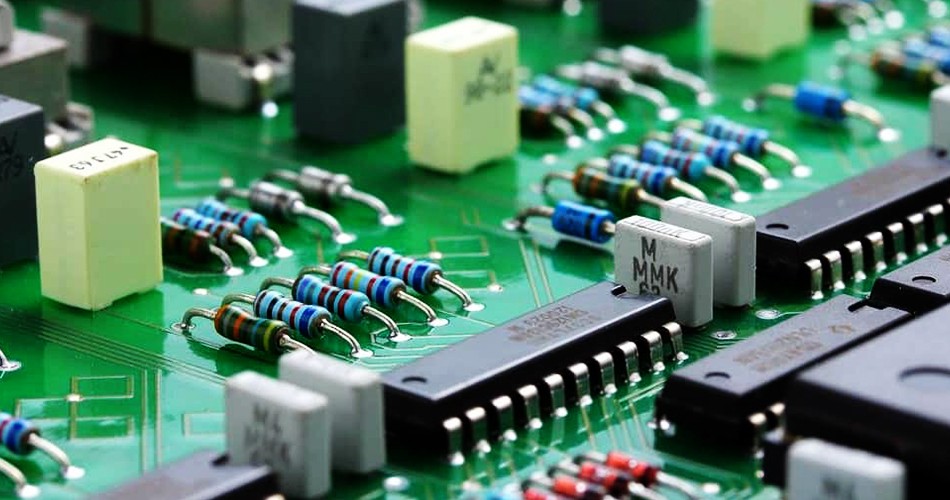- English
- Español
- Português
- русский
- Français
- 日本語
- Deutsch
- tiếng Việt
- Italiano
- Nederlands
- ภาษาไทย
- Polski
- 한국어
- Svenska
- magyar
- Malay
- বাংলা ভাষার
- Dansk
- Suomi
- हिन्दी
- Pilipino
- Türkçe
- Gaeilge
- العربية
- Indonesia
- Norsk
- تمل
- český
- ελληνικά
- український
- Javanese
- فارسی
- தமிழ்
- తెలుగు
- नेपाली
- Burmese
- български
- ລາວ
- Latine
- Қазақша
- Euskal
- Azərbaycan
- Slovenský jazyk
- Македонски
- Lietuvos
- Eesti Keel
- Română
- Slovenski
- मराठी
- Srpski језик
Solderability coating in PCBA processing
2024-09-11
PCBA processing (Printed Circuit Board Assembly) is one of the key links in the electronic manufacturing process. In PCBA processing, solderability coating is an important technology that directly affects the soldering quality and the reliability of the circuit board. This article will explore the solderability coating in PCBA processing, introduce its role, types and advantages, and precautions in practical applications.

1. The role of solderability coating
Protecting pads
Solderability coating is usually coated on the surface of the pad, and its main function is to protect the pad from the influence of the external environment, such as oxidation, corrosion, etc. This can ensure the stability of soldering quality during soldering, reduce the occurrence of soldering defects, and improve the reliability and stability of the circuit board.
Improve soldering reliability
Solderability coating can reduce the welding temperature during soldering, reduce the thermal stress during soldering, and prevent soldering heat from damaging components. At the same time, it can also improve the wettability during soldering, make the solder easier to flow and firmly bond with the pad, and improve the reliability and stability of soldering.
2. Types of solderability coatings
HASL (Hot Air Solder Leveling) coating
HASL coating is a common solderability coating that forms a flat tin layer by plating tin on the surface of the pad and then using hot air to melt the tin. This coating has good solderability and reliability and is widely used in PCBA processing.
ENIG (Electroless Nickel Immersion Gold) coating
ENIG coating is a high-end solderability coating whose process includes nickel plating and then gold immersion. ENIG coating has good flatness and corrosion resistance and is suitable for circuit boards with high soldering quality requirements.
OSP (Organic Solderability Preservatives) coating
OSP coating is an organic solderability protective coating that prevents oxidation and corrosion by forming a protective film on the surface of the pad. OSP coating is very suitable for SMT (Surface Mount Technology) welding and can improve soldering quality and reliability.
3. Advantages of solderability coating
Good soldering performance
The solderability coating has good soldering performance, which can ensure the wettability and firmness during soldering, reduce the occurrence of soldering defects, and improve the reliability and stability of soldering.
Good corrosion resistance
Since the solderability coating can protect the pad from oxidation and corrosion, it has good corrosion resistance. This allows the circuit board to maintain good performance and reliability in various harsh environments.
Environmental protection and safety
Compared with traditional welding methods, the use of solderability coating can reduce the emission of harmful substances in the soldering process, meet environmental protection and safety requirements, and help promote the sustainable development of the electronics manufacturing industry.
4. Precautions
Coating uniformity
In PCBA processing, attention should be paid to ensuring the uniformity of the solderability coating. Different coatings may have different requirements for soldering temperature and time. The welding parameters need to be adjusted according to the specific situation to ensure the good performance of the coating.
Coating thickness
The thickness of the coating directly affects the quality and reliability of soldering. Generally speaking, the appropriate coating thickness can improve the stability and firmness of soldering, but too thick or too thin coatings may affect the soldering quality.
Conclusion
Solderability coating plays a vital role in PCBA processing. It not only protects the pads, improves soldering quality and reliability, but also meets environmental protection requirements and promotes the sustainable development of the electronics manufacturing industry. In practical applications, choosing a suitable solderability coating and paying attention to the uniformity and thickness of the coating can effectively improve the quality and efficiency of PCBA processing and ensure the stability and reliability of the circuit board.
-
Delivery Service






-
Payment Options









